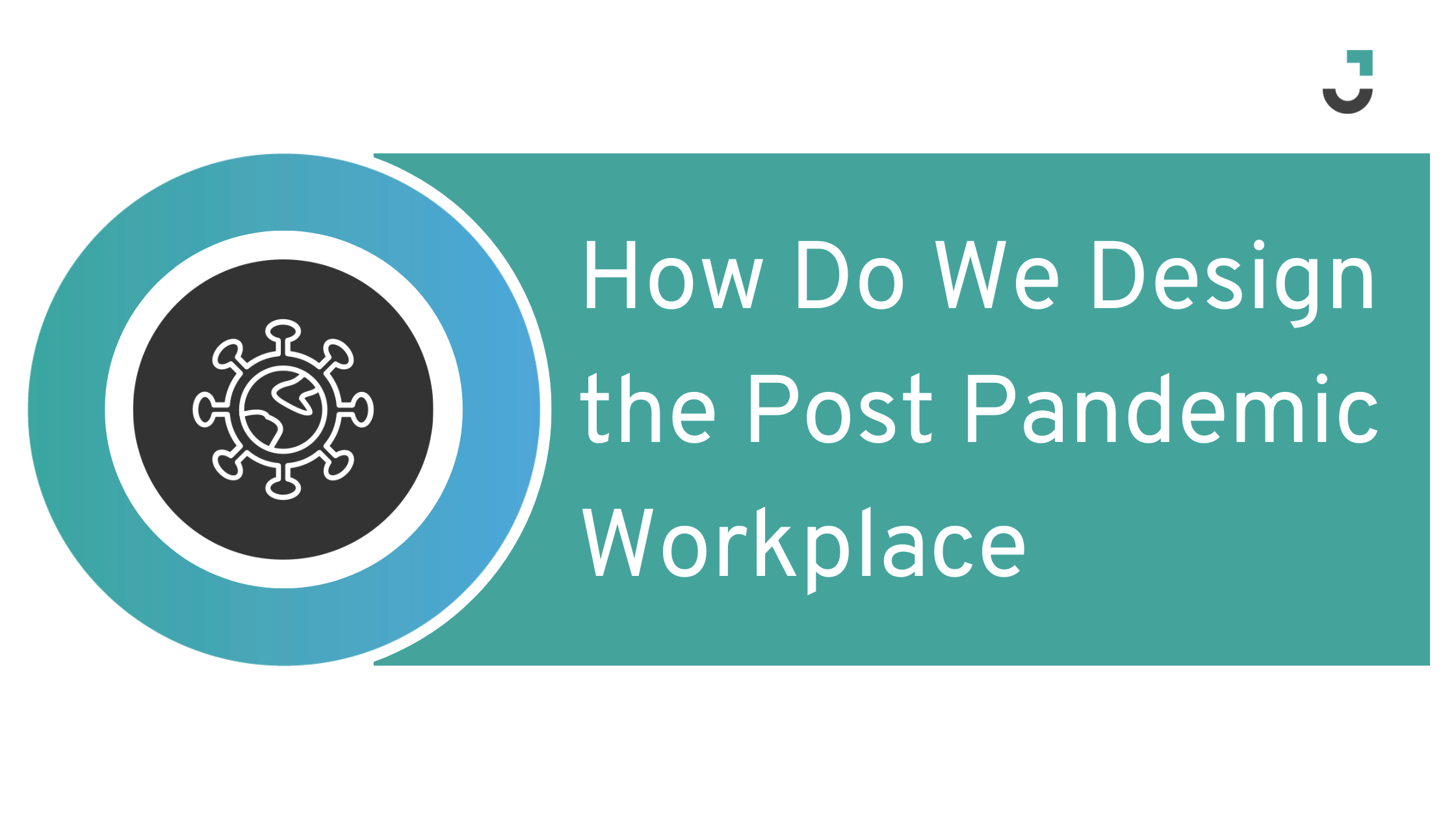The dust is starting to settle across the labor market after the upheaval of the past year. Companies are beginning to reopen offices and the largest, in our lifetime, resurgence of employees returning to the workplace is upon us. It’s essential for companies to consider the systems they have in place to support the successful redeployment of labor back into the workplace—starting with these top three concerns.
Safety
Heightened levels of safety with clear policies are vital—this includes the continued wearing of masks as well as the cleaning and restructuring of offices to respect social distancing. These measures may appear unnecessary, especially with vaccines widely available and growing rates of vaccination; however, we’re still in a grey area that makes these measures worth the effort for employers. Without clear guidance on what employers can and cannot mandate (like being vaccinated), many companies will avoid the potential legal risks of implementing such policies.
Mental Health
This past year has been challenging not just for our physical health, but for our mental health as well. In an instant, the way we lived our lives was upended and replaced with uncertainty, isolation, and fear. That kind of experience leaves an impression, it doesn’t just go away overnight. This means people are going to need time—after all, getting back to “normal” means yet another massive adjustment to how we’ve been living our lives.
Everyone is different—each person will have their own needs and timelines—which means employers need to move forward with empathy and flexibility. Employers must ensure they’re paying close attention to and making considerations for the mental health of their teams, working closely with employees, continually assessing and supporting their needs, appreciating the challenges they may be facing, and listening to their concerns as well as communicating how the company will address them.
Hybrid Work Policies
Companies are now grappling with how to get back to the office and recapture the workplace culture they once had. But while a return to office life once seemed like the obvious goal and vital to our desire to get “back to normal”—and for many it still is—companies should look at the data when considering whether an insistence to return to the office still makes sense.
First, there’s the obvious cost-saving benefit; Google, for example, announced that it is saving $1 billion a year because of remote work. And then there’s the morale and work-life balance benefits; remote work has been shown to lead to heightened levels of employee happiness and productivity. Why would any business want to kill that progress? It will actually be perceived as a step back in the eyes of many workers, and it could negatively impact hiring new talent and retaining current employees. Companies should rely solely on the data, not on a desire to recapture what once was or adhere to the social norms of the past—do what actually works best for your company and your employees.
Original Article Here
Author: Arran Stewart, Chief Visionary Officer of Job.com
Job.com is a digital recruitment innovator with a unique perspective: Delivering technology and capabilities that shake up the market by bringing together a data-driven approach based in AI and machine learning with high-level, human-capital-delivered solutions, designed to efficiently attract and retain the right talent and provide consumer-level user experiences throughout the hiring process.


